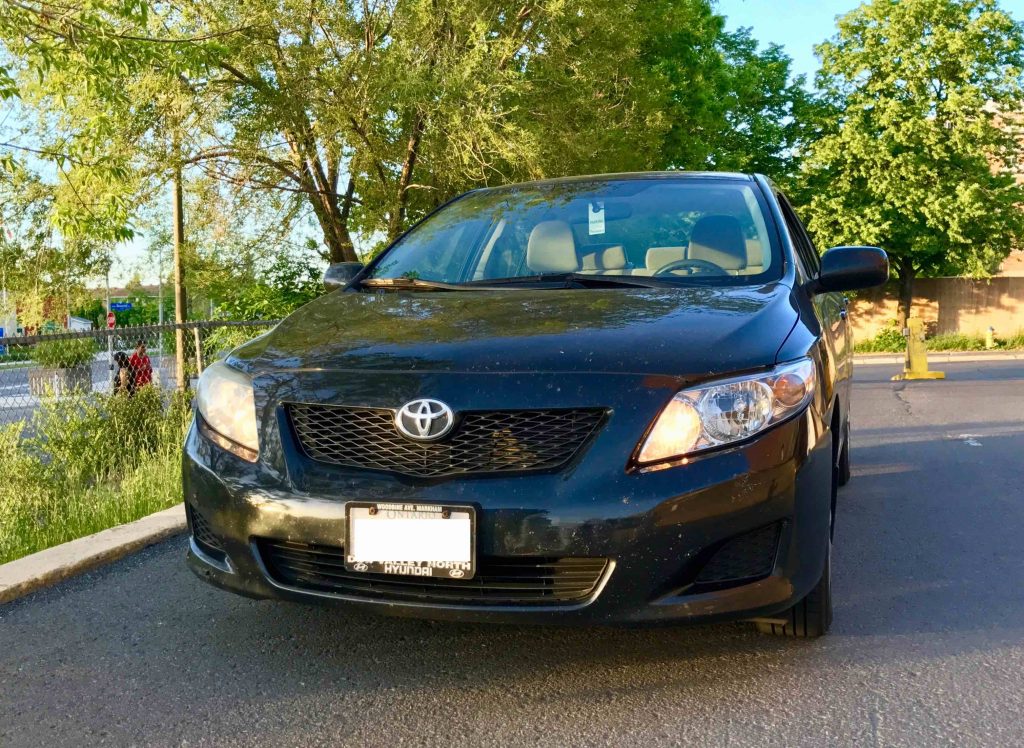Usually, I write about about ideas to reduce monthly expenses to free up cash for paying down debt or increasing investments to build wealth and move to financial independence. For many people, there is a day-to-day struggle along that road where existing debt and payments can be an issue. Here is a guest post from the folks at LendEDU, a US-based site that lets you compare loan costs from multiple providers to reduce your interest expense.
Depending on where you live, your car may be a nice convenience, or it may be a critical possession. If you’re in the city or live near your work, you may be able to get by without a car. If you have a commute every morning and no access to public transportation, however, owning a car may be a necessity for you.
It’s fairly easy for those with moderate-to-good credit to get a car loan, but what happens if you lose your job or have some financial difficulty and can’t make your payment?
Not paying your car loan can affect your credit and maybe even your employment for years to come, so simply ignoring the payment obligation isn’t a valid option. There are, however, other options for you if you find yourself unable to make your payment—and you should check them out long before your credit is in trouble.
Options If You Can’t Afford Your Car Payment
Talk to Your Lender
Your first step if you think you won’t be able to make your payment is to talk to your lender. You’re not the only person who’s ever had financial trouble—whether it be for just one month or a longer-term situation—and lenders have lots of ways to help you. If you’re not making your payment, they’re not making money, so it’s in your lender’s best interest to make it possible for you to do so. They do this in several ways.
Loan Modification
Sometimes, depending on the lender, you may be able to do a loan modification, which means you and the lender agree on a repayment term change. Usually the object of a modification is to lower the monthly payment, which can help you keep your obligation.
The downside to a modification is that it may raise your interest rate—and that means even though you’re paying less per month, you’ll pay for a longer time. A longer term also means paying more over time.
Refinance
If your lender is not interested in a modification, they may be amenable to an auto loan refinance. This is when you take out a second loan, with new terms, that pays off the old loan. If you receive a higher interest rate or longer term when refinancing, you’ll likely pay more over time. If you need the help right now in the short term, however, it’s a valid option.
Deferment
Some lenders offer a one-month deferment, which means they allow you to skip a payment, which they tack on to the end of the loan. If you’re simply having a temporary financial shortage, this could be an option. Just keep in mind that if you do this, your loan term will be a bit longer—and your final payment will be more. If you do take advantage of this, you’ll want to make that “skipped” payment as soon as possible, in addition to your regularly scheduled payment.
Balance Transfer Credit Card
Another option is to get a balance transfer credit card with a 0% APR balance transfer offer. While doing this can give you a year to pay down the balance without also paying interest, keep in mind that if you can’t pay it off within the introductory period—usually 12 months—the interest rate will skyrocket back up, possibly to almost 25%. If you’re not careful, you could find yourself in an even worse position.
HELOC
If you own your home, a home equity line of credit could give you the money you need to get caught up on your loans, consolidate payments, and help you keep your car—all at a lower rate of interest than you may have with your car loan. Since the money comes from your home’s equity, the rates are generally better. Be aware, however, that because your home secures this line of credit, if you find yourself unable to make that payment, you could lose your home.
Trade Your Car in
Trading your vehicle in for something less expensive can also help if you’re unable to make your payments. The object here is to trade it in for another vehicle that is cheaper—and therefore will result in a smaller loan and lower payment.
Allow Someone Else to Assume the Loan
A few lenders allow loan assumption, or someone else taking over the payments on your loan. Most lenders prefer to do a new loan for the new buyer instead of them taking over your loan, but a loan assumption can be done in some cases. You can also make an agreement with someone who will make the payments to you, and then you turn around and pay the lender. This is a highly risky maneuver, however; if your other party decides not to pay, not only are you out of the payment, but you’re out of the car.
Sell the Car
If your car is in decent shape and not “upside down,” where you owe more on it than its Blue Book value, you may be able to sell the vehicle and use the money to pay off your loan. This is one of the better options—if you can get the full value of your loan in the sale. If not, you’re still on the hook for any remaining payments.
Repossession
If you’ve gone long enough without making payments, your lender will send someone (a “repo man”) to physically take your vehicle back on behalf of the lender, who then sells or auctions off your car. Any costs gained in the sale or auction are applied to your loan, and whatever is left—plus the costs of repossessing it to begin with—is passed back to you. If possible, don’t ever allow your car loan to get to that point.
Voluntary Repossession
This is mostly the same, except in a voluntary repo, you’re turning over your vehicle to the lender of your own accord. If you’re late on several payments, you may want to consider this option because it will save you the additional costs involved if the lender repossesses your vehicle.
Bottom Line
The best time to start looking at options is before your payment is late. If you even think you’ll have a problem making your payment, talk to your lender first. Have a plan in place for if you experience financial difficulties, and make sure you’re aware of all your options.
Read full article here: What to Do If You Can’t Make Your Car Payments
For thoughts on how to buy the perfect economical car, have a look here.
What are your thoughts on the costs of running a car and what to do if you can’t make the payments? Let me know in the comments.




